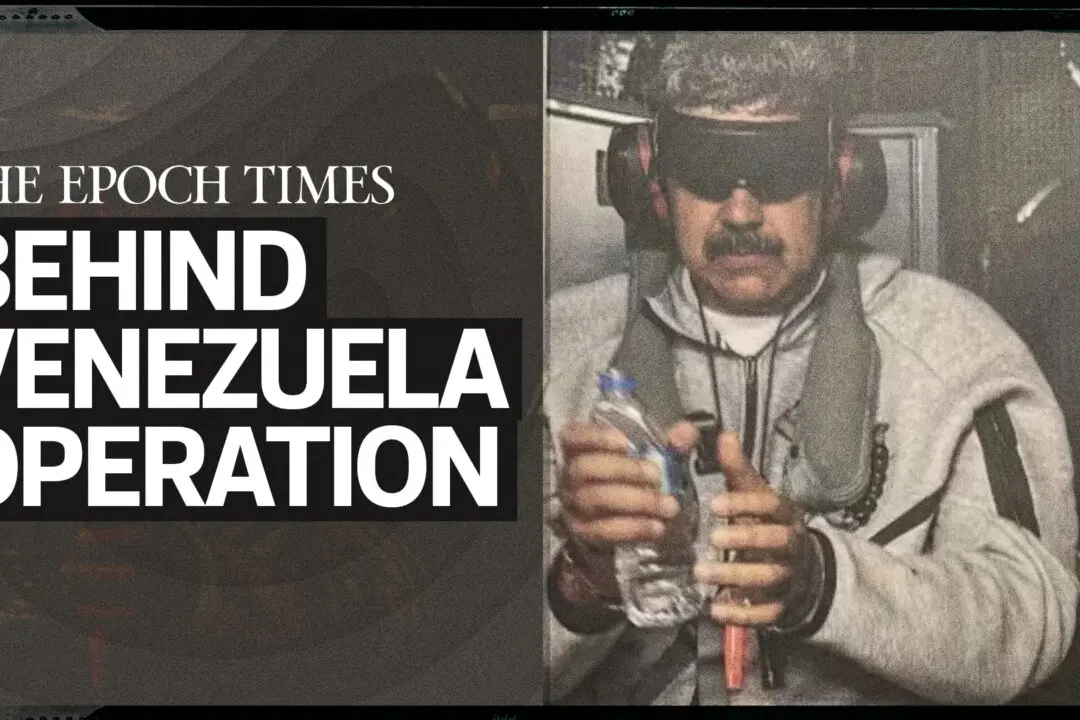NEW YORK—The smell of lemongrass and fish oil, mixed with spices and curries, wafted around booths draped in flowers and palm leaves. Chefs were hard at work catering to the three lines of people who wove through the large heated tent at Bryant Park in Manhattan, during the Malaysian Winter Market, which took place Feb. 20–21.
Trade Center
Nestled below Thailand on a strip of land that dips into Indonesia—and being at one of the world’s major trade choke-points at the Strait of Malacca—Malaysia is a melting pot of cultures. The historic city in Malacca was one of the main trading ports in Asia, and it attracted buyers and sellers from near and far—Chinese, Indians, Arabs, and Europeans.
“Malacca was the center for spice, silk, and tea trading,” said Susheela Raghavan, owner of Taste of Malacca, which produces spice blends. “There was a great bazaar there. Many people would stay there, because of the monsoon season, and marry local women.”
“The flavors of Malaysia are very unique,” Raghavan said. “They capture the flavors of Asia, Europe, the Arab world, Indonesia, and Thailand.”
Sub-cultures began to develop in Malaysia, consisting of people who adopted the Malaysian language and dress, yet held on to the traditions of their native roots. Yet, when it came to food, they also brought their native dishes, yet melded them with local ingredients.
“Through the generations, their flavors have been adapted using the local ingredients,” Raghavan said. She mentioned Indian curries as an example, noting that while the Malaysian curries are similar to those found in India, they also use ingredients more specific to Malaysia, such as lemongrass.
Eating Out
Today, Malaysia is a very unique country, with very unique food—and the food is not only plentiful, but also inexpensive. If you were to go walking around the streets of Kuala Lumpur, the capital, you would find food stalls and night markets cooking up Malaysian dishes influenced by foods from around the world.
According to Nurul Rahim Tmimi, marketing executive at Tourism Malaysia New York, the middle-class restaurants are mainly indoors and have a bit more ambiance, while the high-class restaurants are mainly found in the country’s hotels.
“There are also a lot of buffets,” Tmimi said.
Outside of Malaysia, most of the Malaysian food you'll find is a more hip style of Asian fusion. This often includes making the dishes less spicy and switching out some of the ingredients that foreigners may be wary of with more familiar ingredients.
For those feeling adventurous, try asking for “regular spicy” next time you visit a Malaysian restaurant. Tmimi said local restaurants often tone down on the hot peppers, and sometimes switch some of the traditional ingredients around to add their own flair.
If you’re looking for more authentic Malaysian food, however, Tmimi said your best bet may be in the local Chinese communities. “The restaurants that we have here in Manhattan, they tend to tone it down a little bit. But then in Chinatown or Flushing, the more ethnic areas, that’s really regular cooking that we enjoy,” she said.






